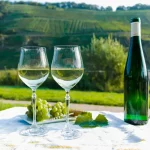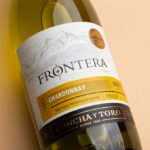Riesling and Chardonnay are the darlings of white wines, captivating palates globally for decades.
The crisp dryness of Riesling and Chardonnay’s fruity bouquet is the most famous vintage of white wine globally. However, what sets them apart is Riesling is usually slightly sweet, with high acidity.
Chardonnay, likewise, will take on the characteristics of a vintner’s hand and knowledge of the grape. Chardonnay may be dry to lightly sweet, aged in oak, or the grapes may be botrytized before pressing and fermentation.
Both types of wine can be botrytized, adding another depth of flavor, and both are made into sparkling wines.
As you can see, winemakers make several wines from these two grapes, and you have likely had a few of them.
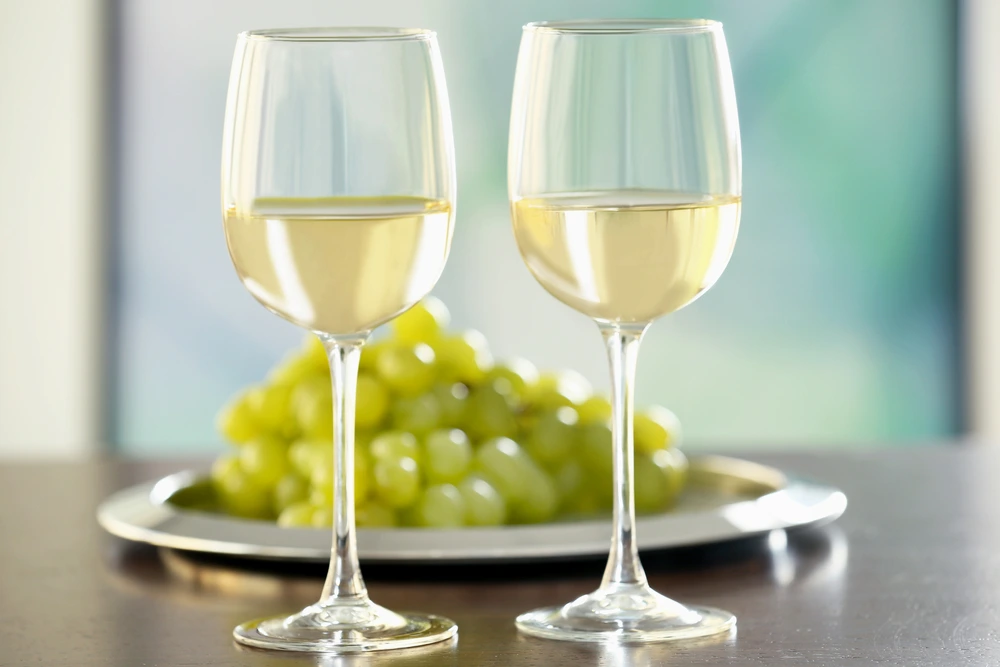
The Essentials for Riesling
The grape from which this famous wine is made originates in the Mosel area of the Rhine River region, which runs through areas of Austria, France, Germany, and Switzerland.
Therefore, you will find varietals of Riesling that come from all of these countries, and each will have flavor notes of where its grapes are grown.
Drier versions of Riesling are produced in Alsace, France, and are aromatic and flavorful with a slightly different profile than its Rhine River counterparts.
Rieslings from California are sufficiently sweet but lack the acidity necessary to balance that sweetness.
The Essentials for Chardonnay
Chardonnay is the most popular white wine and has been for over 30 years.
There is a good reason, as the Chardonnay grape has been cultivated globally for many decades to gain such popularity. Thus, each vineyard has developed a private variant of this wine.
The wines that originated from the original vine stock of Bourgogne, France, are grown on the United States west coast, in Australia, Italy, Moldavia, South Africa, Chile, and Argentina.
Each vintner produces wines that are similar in flavor but not identical. Some are even made as sparkling wines, and Sparkling Chardonnay is as good as many Champagnes.
Related: Chardonnay vs Pinot Grigio vs Sauvignon Blanc.
Is Riesling Sweet or Dry?
Riesling is slightly sweeter and lighter than Chardonnay.
The origins of your bottle of Riesling are a factor in its sweetness and the depth of its flavor. A Riesling should taste fresh and crisp, though, no matter its origins.
Typically sweeter than Chardonnay, Riesling can be drier and medium-bodied, depending on its origins and how it was fermented. Riesling is also fruity, which is a quality I enjoy with white wines.
For the most part, Rieslings are sweeter than Chardonnay; however, there are a few vintages of Chardonnay as sweet as Riesling.
Related: Sweet wine showdown – Riesling vs Moscato.
Is Chardonnay Sweet or Dry?
Chardonnay tends to be drier than Riesling, not due to the sweetness of the grape, but rather the method of fermentation.
It is also fuller in the body and moderately acidic. However, it can be very dry, or it can be a lovely dessert wine.
Primarily, however, Riesling is sweeter than Chardonnay, and many of the more popular varieties are aged in new oak barrels. This fermentation process adds nutmeg, coffee, and vanilla notes to the wine.
Riesling, though, is rarely aged in oak but stainless steel vats. This process will neither add to nor take away from the flavor of the wine.
Wine Look: Riesling vs Chardonnay
Rieslings have a light yellowish-green color, while Chardonnay is gold or brown-colored wine. The color differences in wine are due primarily to oxidation during fermentation.
The Riesling is a light green grape in color, round, and of moderate size. Whether the grape is sweet or dry depends on the soil in which it is grown.
The ground the grapes are grown in is why Riesling from France is sweeter than that from other parts of the world. However, the vintners who grow these grapes know how to use their flavors to their advantage.
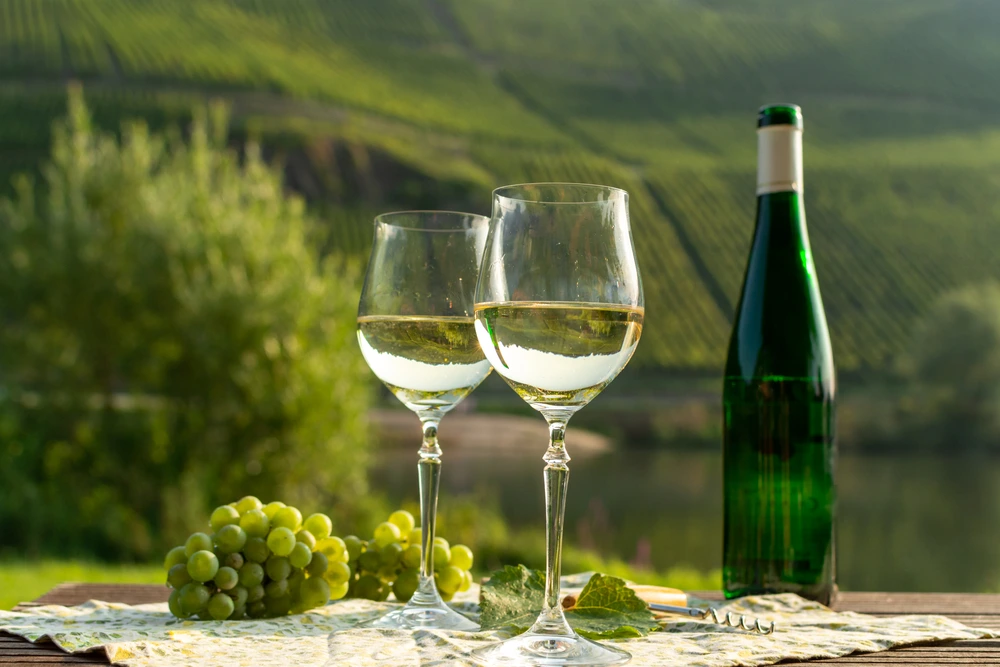
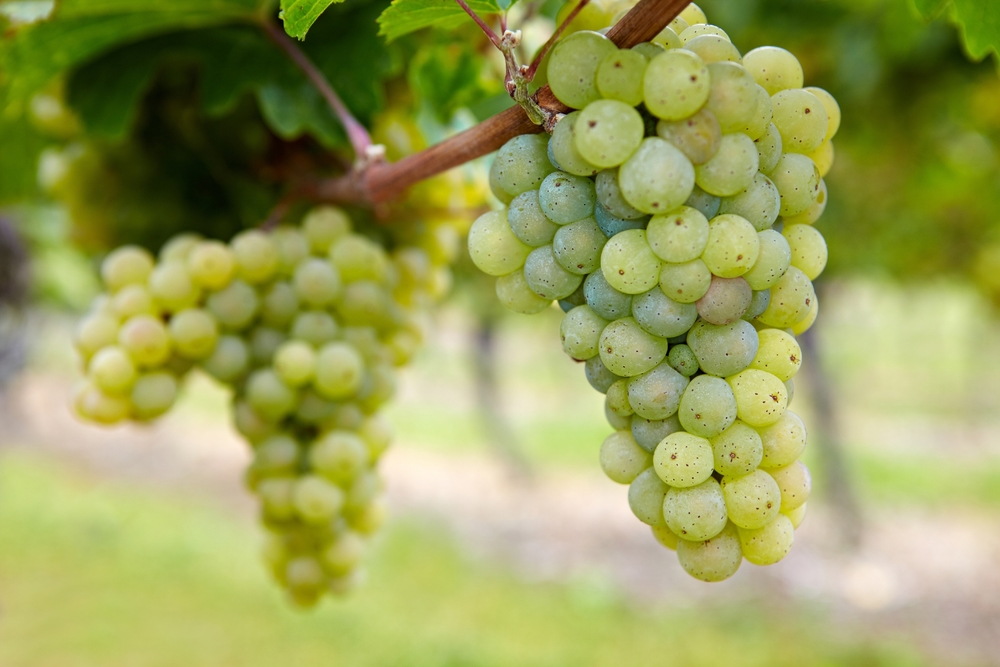
The grape from which Chardonnay is made is also a variety of white grape that is light green. Like Riesling, the wine made from Chardonnay grapes will take on the profile of the ground where the grapes are grown.
Chardonnay grapes like limestone and chalky loose soils to dig their roots into. Vineyard owners have learned this, and those growing this variety of grape are not having a problem selling their wine because it is in demand.
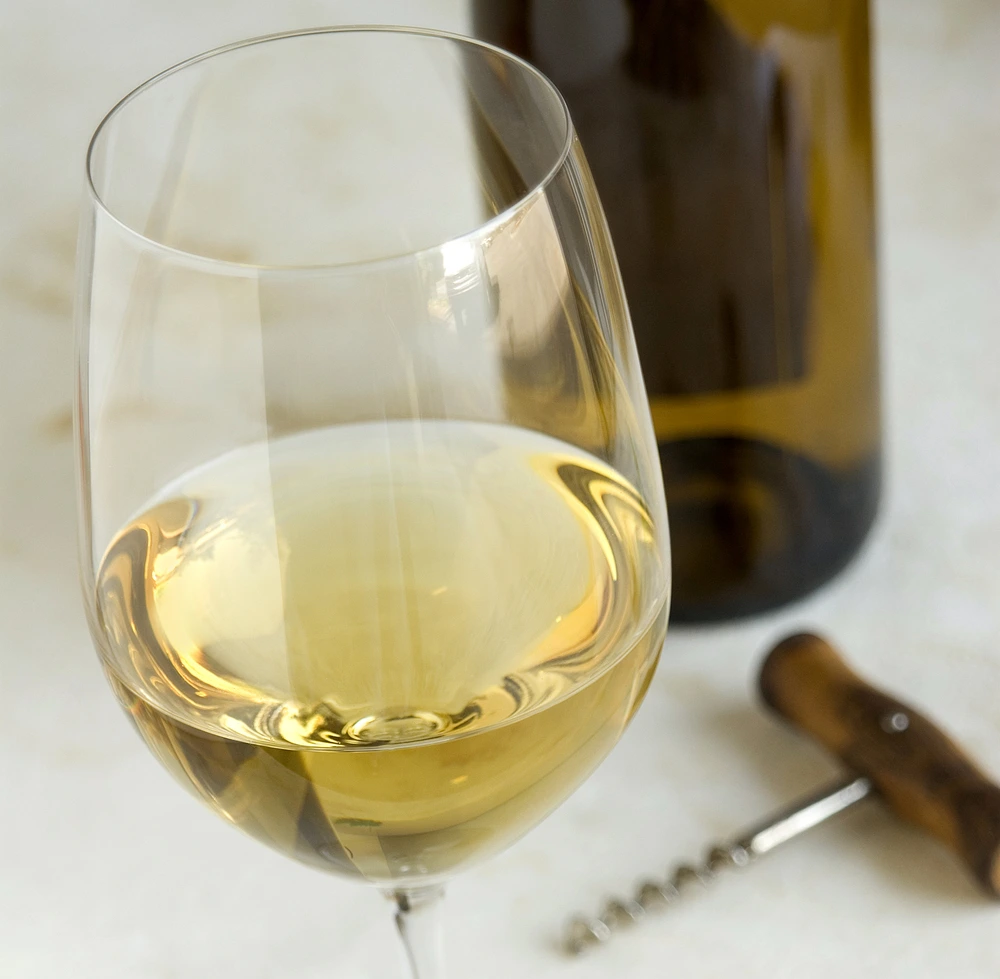
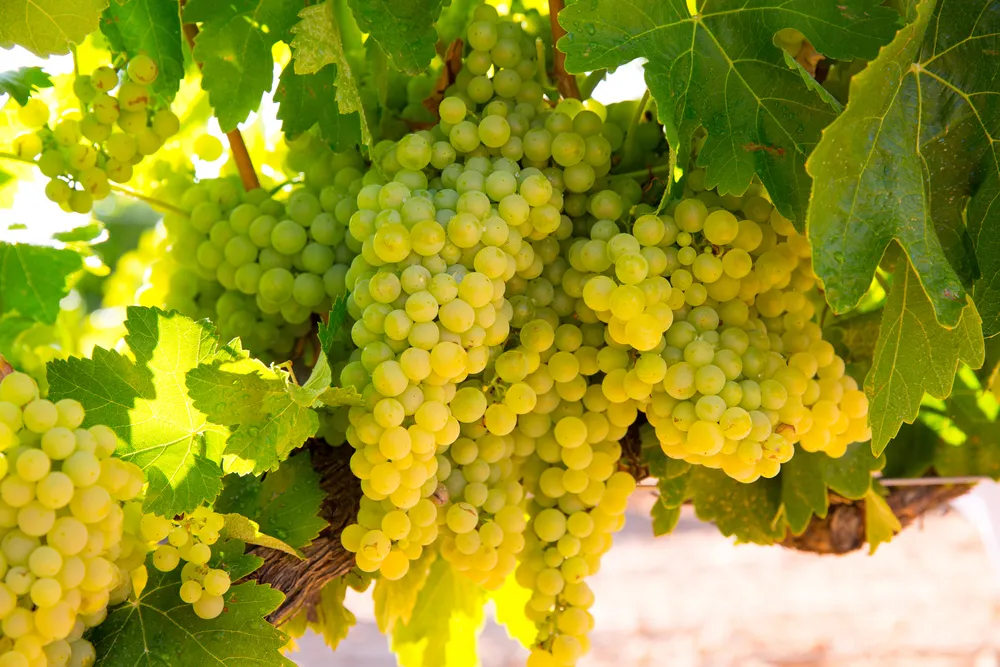
Wine Aroma and Flavor: Riesling vs Chardonnay
Riesling has a fruity, flowery bouquet due to the grape’s terpenes (aroma compounds). This quality makes it an aromatic wine with hints of pears, crisp fresh apples, nectarines, and apricots, while Chardonnay has a more neutral aroma of nuts, vanilla, butter, and toast.
Due to this quality, winemakers can manipulate the flavor of Chardonnay and make it into a creamy wine. The best explanation of its flavor is that it is a crisp and bright wine with a citrus-like flavor of grapefruit and lemon.
Chardonnay will take on a buttery tone and coconut, toast, toffee, and vanilla notes when fermented in an oak barrel.
Whether aged in oak, a stainless steel vat, or concrete vats (yes, concrete), Chardonnay is a wine that will go with almost any meal. Chardonnay is so flavorful that it will stand on its own without the need for accompanying food.
Growing Regions for Riesling And Chardonnay
German Rieslings
Originally, Riesling comes from the Rhine, Mosel, Germany, and the Rhine River valley areas.
The climate here is cool and dry, and the ground is made of limestone and loose mica, which are factors that give the Riesling from this part of the world its distinct flavors.
The best German Rieslings come from Mosel and have a delicate floral flavor lower in alcohol, high in acidity, with intense mineral notes that reflect the soil in which the grapes are grown.
Riesling from the Pfalz region of Germany is exceedingly dry, with a spicy character that other vintages of Riesling lack.
The Nahe River is a tributary to the Rhine and has a long history as a significant region for growing Riesling grapes, and here they produce a dry Riesling.
Rieslings from Rheingau are a dry style with a rich body. The acid level is pronounced but not overwhelming, and there is a spiciness to this vintage of Riesling and a notable cherry fragrance.
Germany’s most significant region for wine is Rheinhessen, the home of Liebfraumilch, is where a variety of Riesling is made that is lower in acid, softer, and medium-bodied.
Related: Riesling vs Gewürztraminer.
French Rieslings
Alsace is the only area of France where the Riesling grape is grown. The wines that come from here are dry, aromatic, and are more potent because their ABA is higher than other Rieslings.
North American Rieslings
North American Rieslings are produced in New York, Michigan, Canada, and vineyards along the United States’ west coast. Each area has different types of soil and produces wines that are very different from each other, even though they are all Rieslings.
Chardonnays From Around The World
The home of Chardonnay is Burgundy, France. However, the best Chardonnay’s come from Champagne, France, Franciacorta, Italy, Fronshchhoek, South Africa, and on the Margaret River in Australia.
And, like Rieslings, each varietal has a different aroma, flavor, and ABA.
As the most famous wine in the world, Chardonnay grapes are grown worldwide, and each vineyard has a particular variant of this famous wine.
In general, Chardonnay is dry, with a medium to full body. Chardonnay’s acidity and tannin levels are moderate, and the flavors are tropical with notes of papaya, mangos, and pineapples.
Food Pairings: Riesling vs Chardonnay
Light Rieslings will go nicely with more delicate, or even raw fish, sashimi, anyone? A variety of Riesling with more body will go well with salmon, chicken, and Asian food.
Depending on their variety and sweetness, some Rieslings go well with desserts such as lemon tarts, berry compotes, or apple pie.
Chardonnay also pairs well with many desserts: strawberry cobbler, pumpkin pie, vanilla pudding, and Crème Brulee.
As for entrées, Chardonnay will pair well with seafood dishes such as shrimp scampi, chowders, roast chicken, roast turkey, and other white meats.
But really, one doesn’t need a pairing of food as a reason to enjoy a glass of Chardonnay.
What Are Botrytized Wines?
I mentioned this process early in the article, and I wish to explain it.
Also called ‘noble rot,’ the process of botrytized wines uses grapes infected with the bacteria Botrytis cinerea. The process can cause higher or lower residual sugar levels and lends the wine attractive aromatic qualities.
Riesling vs Chardonnay: Which is Best For Me?
As a sipping wine, Chardonnay is hard to beat, and the flavors of papaya, lemon, apple, and pineapple pair well with many foods. Chardonnay grapes are where champagne derives its flavor, and this wine, bubbly or not, is excellent with appetizers, dinner, or dessert.
With the fruity flavors of pears, peaches, apricots, and apples, Riesling goes well with light meals that have delicate flavors. Rieslings flavors are subtle and won’t overpower lighter dishes like chicken and fish.
Although you can drink it alone like Chardonnay, it is better when paired with a meal.
- Shrimp Cocktail (and More) Wine Pairing Guide - 09/06/2022
- What Wine Serving Sizes Look Like: Standard Size and More - 08/06/2022
- How Much Sugar is in Wine: Glass and Bottle Sugar Content - 08/06/2022

